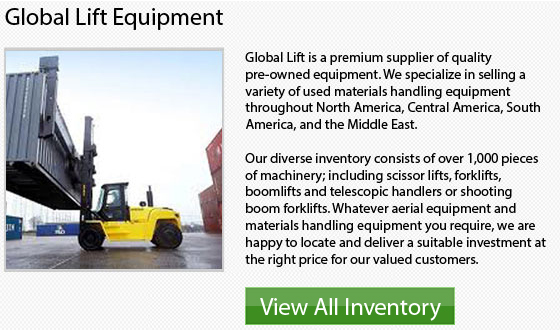
In choosing the correct Forklift Tire and Compound, the following factors should be taken into consideration: kind of fuel utilized; average weight of load; average length of your run; kinds of problems you are having; kind of surfaces the forklift runs on; whether your forklift operates over dock plates; percentage of time and number of shifts the forklift is loaded; and the normal speed and the top speed of your forklift
There are certain terms that describe various characteristics of tires. It could help to know what exactly they mean. The term Durometer means the hardness of forklift tires. The range is usually from 83 to 95, the number increasing with the hardness of the tire. The majority of the tires manufactured today fall within a couple of standard industry classifications.
The driver can have a more comfortable ride if the tires are softer. They are recommended for operations which need regular maneuvering because they offer better traction. They are better able to tolerate driving over floor debris. For applications that require maximum speed and long runs, soft tires are not suggested. They are made of softer compounds which tend to heat up and wear faster compared to hard tires.
For applications which require high speed, long runs and multiple shifts, it is best to have harder tires. They are better than soft tires for maximum loads, and they will wear better and last longer. Hard tires give a less comfortable ride and are less forgiving of floor debris. They have the tendency to be more energy efficient as they offer less resistance.
Universal Compound tires combine advantages and are recommended as all-around tires for general applications.